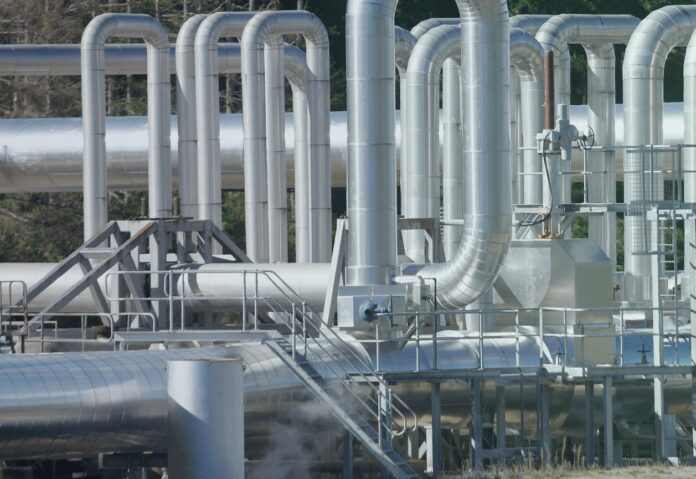If plans proceed then the world’s largest green hydrogen plant will begin construction in Ceará, Brazil, that when finished will use renewable energy from solar and wind to produce more of the gas than any other facility on Earth. Located next to a seaport, the plan is to export the gas to the rest of the world while providing Brazil with its own growing domestic demand. Total investment is $5.4 billion U.S.
Energix Energy is the company behind the project. States Wesley Cooke, Founder, and Chief Executive Officer:
“For us, hydrogen represents a version of the future we aspire to. A new way to power our lives without polluting and destroying what matters most, our home, the one we all share and must protect. It’s the catalyst for a new energy equality revolution that affords the chance to use this technology for good to address the plight of the billions of people without access to the basics; housing, electricity, water, and food who when left behind remain powerless to change their circumstances. A hydrogen economy is possible now, we must take the initiative and build it so that everyone can benefit from the universe’s most abundant element.”
Energix Energy, a relative newbie, has plans to locate its head office in Switzerland, but the company has both Australian and Singapore roots. Its focus is on renewable, utility-scale energy production, storage, and distribution with green hydrogen seen as core to its future in meeting zero-carbon global demand.
When you think of Brazil as an energy producer, you don’t think hydrogen. Instead, you think offshore oil and gas (Petrobras), and biofuels made from sugarcane. But building the plant in Brazil gives Energix Energy a location with good sea lane access to North American, European, African, Australian, and Asian markets.
Using advanced electrolysis, the Ceará plant’s production volume could reduce annual global carbon dioxide (CO2) emissions by 10 million tons per year. Based on current projects that would make it the largest carbon emission reduction project in the world.
The plant is projected to open in three to four years. The company is currently going through the process of obtaining environmental approval from the Brazilian government and has signed a major contract with a Kansas City-based international engineering firm, Black & Veatch.
Hydrogen today is seen as expensive when it is produced by breaking down water into its constituent gases using electrolysis. The current average cost is $4 to 6 U.S. per kilogram. Cheaper methods produce hydrogen with consequences. Gray hydrogen at $1.25 per kilogram is produced from fossil fuels which adds to carbon emissions. Blue hydrogen at $5 to 7 U.S. per kilogram includes a carbon capture component to eliminate the carbon emissions. But with abundant renewable energy, electrolysis becomes viable as well as cost-competitive (the Ceará plant will have access to 5 Gigawatts of renewable wind and solar energy.)
As I noted before, Energix is a new player. The entire project may fail. But the company is making its move at what I believe is exactly the right time. With the Biden administration in the United States committed to achieving a net-zero carbon economy by mid-century, hydrogen as a replacement for gasoline and diesel will be very much needed. Without it, the zero-carbon goal will be unachievable. That’s why Energix has taken the bet and it seems reasonable to me.









